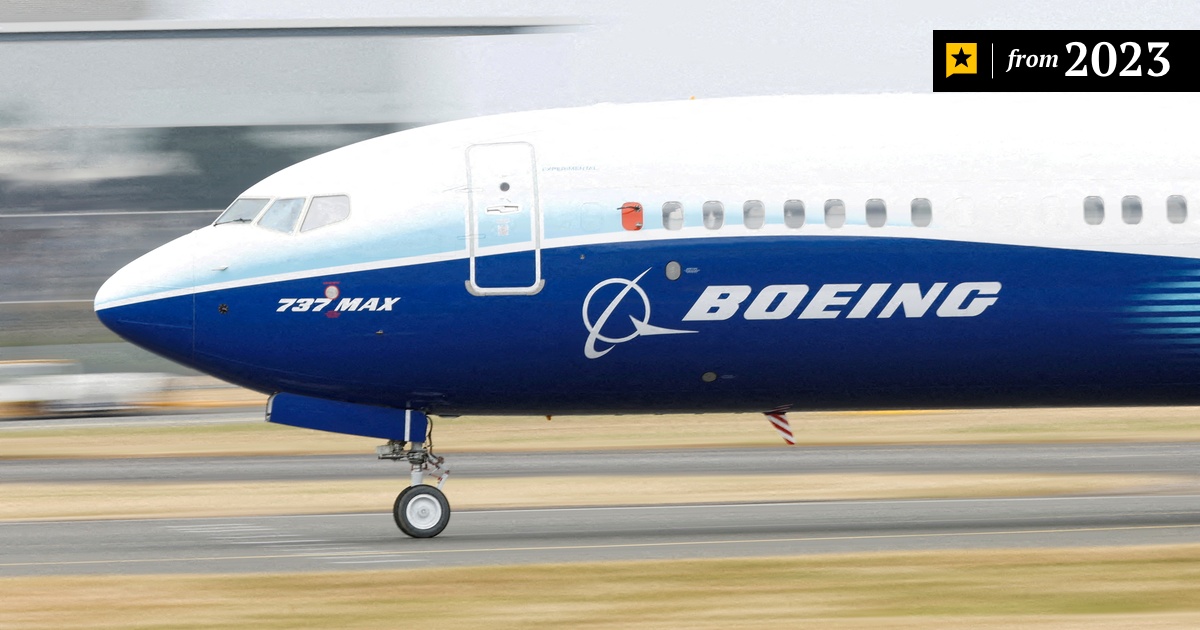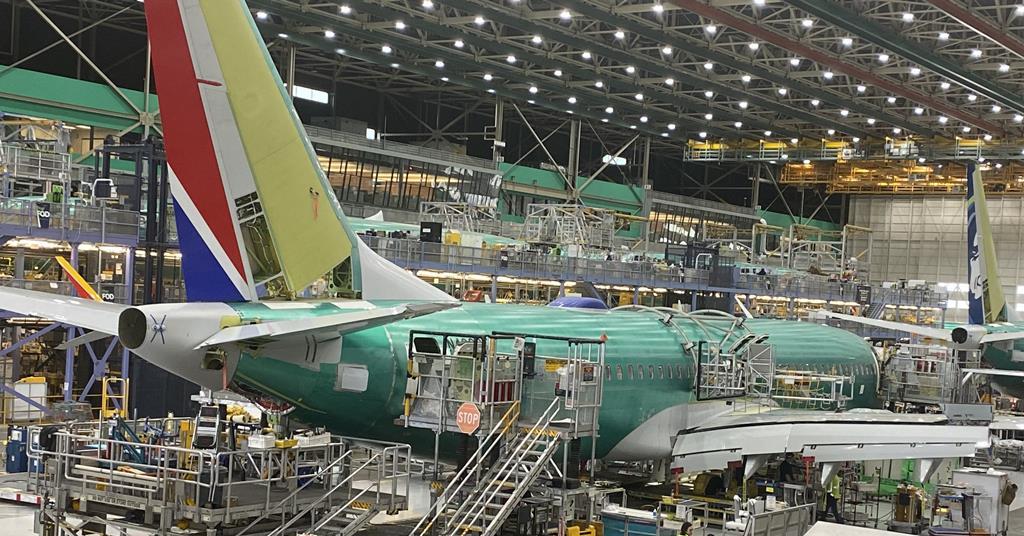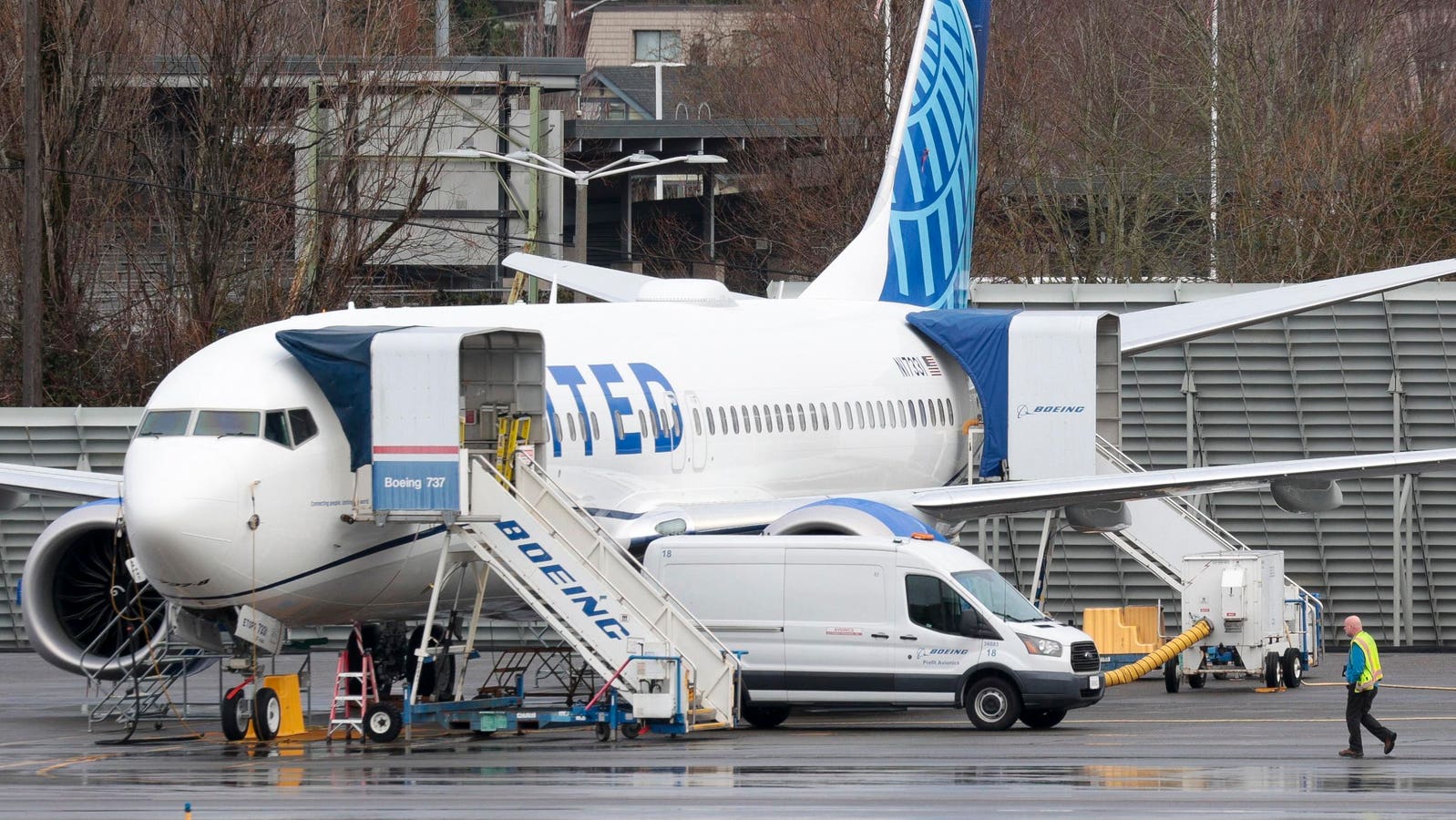It's also the job of a crew to be alert and adequately responsive when being noticed of abnormal noise such as whizeling and airstream flowing into the cabin
There's nothing in the NTSB preliminary report, or any reporting I can find, to say the crew of Flight 1282 were notified of abnormal noise, nor is the cabin pressurization "Auto Fail" indicator stated to have triggered. There's nothing I can find in relation to any flight of the aircraft to allege "airstream flowing into the cabin" (It would have been out of the cabin if it had happened).
WRT the Auto Fail illuminating on/after previous flights (one was on the ground), NTSB Chair Jennifer Homendy stated in her press conference on 8th January: "At this time, we have no indications whatsoever that this correlated in any way to the expulsion of the door plug and the rapid decompression."
See
View: https://youtu.be/kGWLBLb9Pm4
at c8:30 on, with the statement at c10:30
Claims of a whistling noise on a previous flight appear to come from the attorney suing Alaska and Boeing on behalf of some of the passengers, there's no official confirmation of that, and it's obviously irrelevant to the reactions of the crew of Flight 1282.
The crew who were notified of the whistling issue reportedly confirmed there wasn't a cabin pressurization issue* and then ignored it, that's entirely the correct response WRT Aviate, Navigate, Communicate; CRM; and sterile cockpit rules. There's plenty of crews have talked themselves into trouble trying to troubleshoot non-critical issues; all too often fatally.
Alaska responded to the auto pressurization fails by restricting the aircraft from flight over water - which I presume means it had dropped below the ETOPS minimum dispatch list, or was considered at risk of it, but not the non-ETOPS MDL (Homendy confirms the MDL allows flight with one channel failed) - and scheduling it for further investigations. The fact one of those failures occurred with the aircraft on the ground would seem to argue it wasn't a pressure-related failure. In any case it's normal for aircraft to fly with issues awaiting repair or investigation, that's why we have minimum dispatch lists.
The root cause is Boeing reassembled a door plug leaving out the four bolts meant to hold it in place, and their sign-off procedures weren't good enough to make someone wonder, "Why do we have four big bolts left over?"
Back in 50s 60s, nearly every flight had a minor mechanical incident crossing long distances. Yet, the vast majority of them went through.
Depressurization of a passenger aircraft at 16,000ft with 177 people aboard is not "a minor mechanical incident". If you want an early equivalent, it's Dan Air Flight 240, brought up
here , we're just lucky this time the door missed the tail.
* We need to remember airliner pressure cabins aren't sealed pressure vessels, they're deliberately leaky pressure vessels, with the actual internal pressure determine by balancing inflow and outflow valves. Air flow through the cabin is happening all of the time. Just because you can hear a whistle doesn't mean it was inside to outside leakage of air, it could have been flow noise internal to the ducting. We need to see what NTSB make of this to know if it was relevant, not what a lawyer who's professionally mandated to be biased in favour of his clients says in relation to a non-specified flight and non-specified witnesses.




